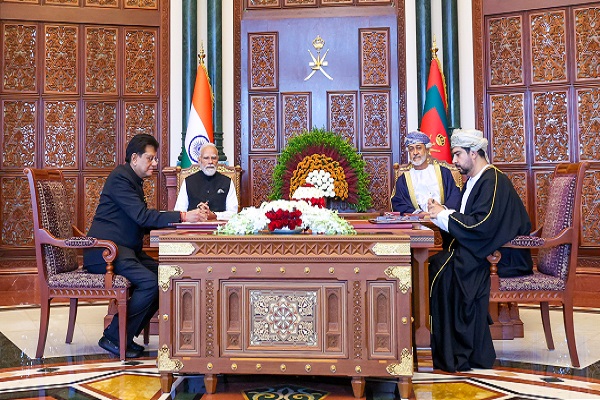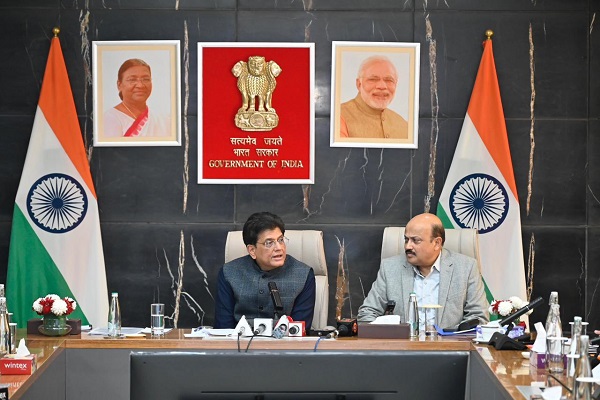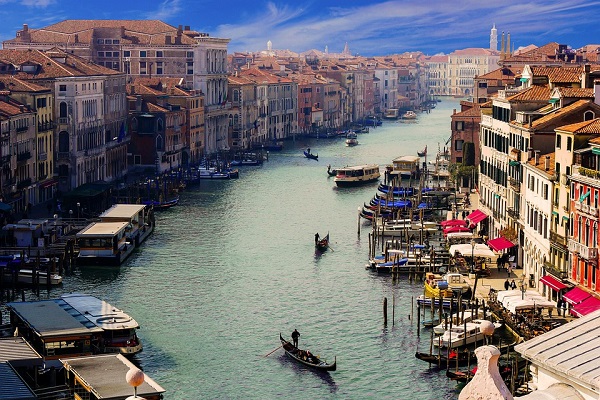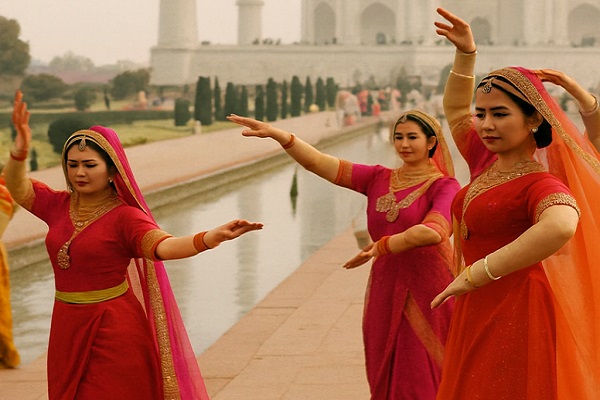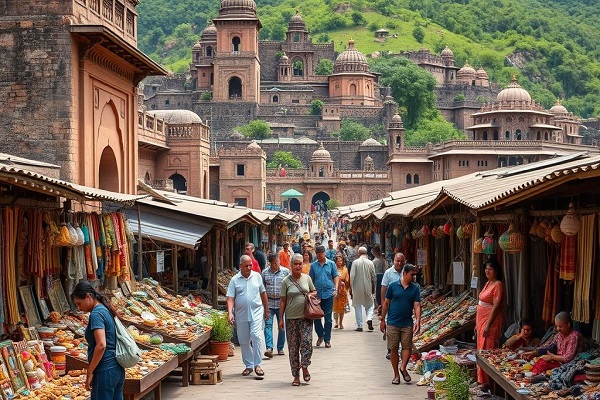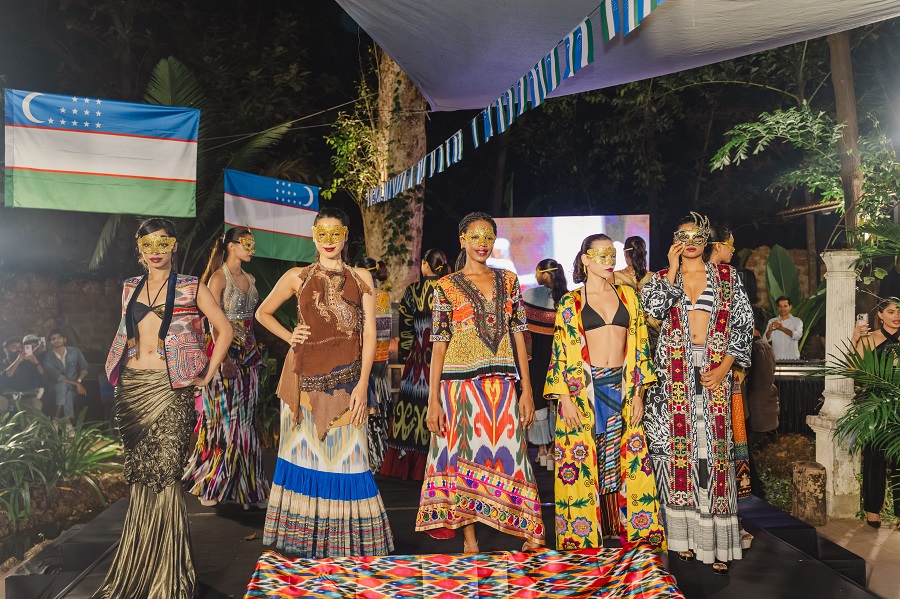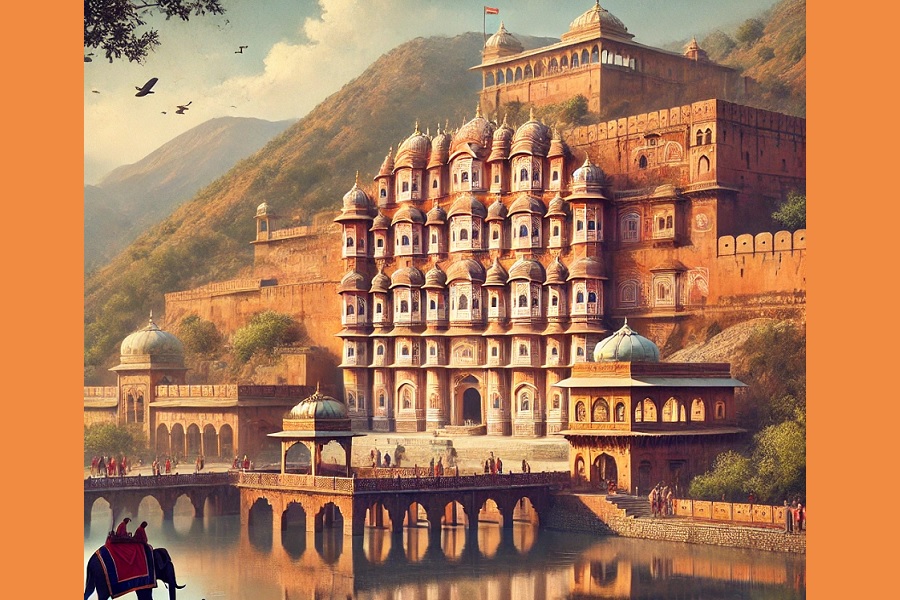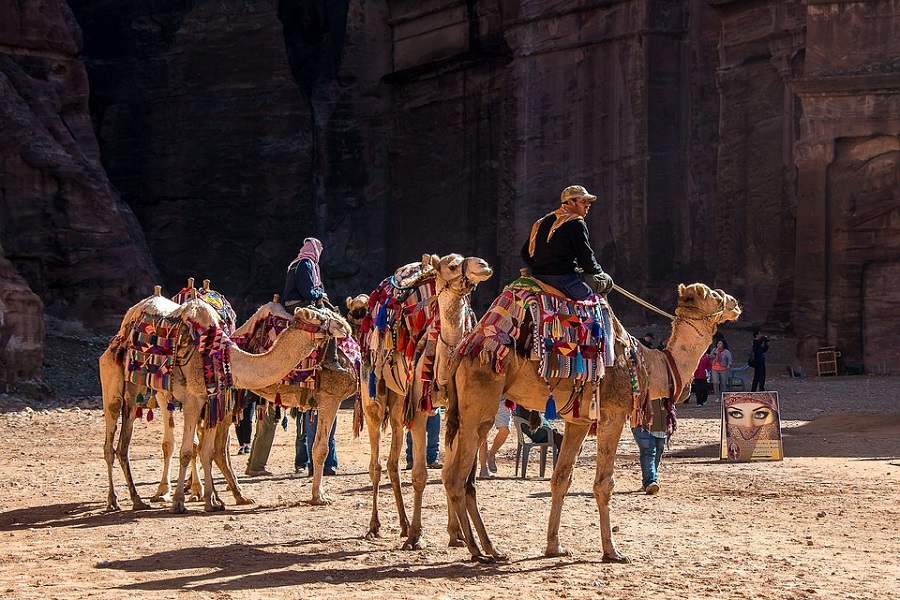Cultural Tourism: Exploring the Heart of a Destination Through Its Heritage

Cultural tourism is a type of travel that allows people to explore and experience the unique traditions, customs, art, architecture, and history of different places. It offers an immersive experience that goes beyond sightseeing to include a deeper understanding of a destination’s cultural identity. Whether it's visiting ancient temples, exploring museums, attending local festivals, or trying traditional cuisine, cultural tourism provides an enriching way to connect with the heritage of a place.
What is Cultural Tourism?
Cultural tourism involves traveling to learn about the culture of a particular place. This could include participating in traditional festivals, experiencing local art and architecture, visiting historical sites, and interacting with indigenous communities. The key to cultural tourism is its emphasis on discovering a destination through its customs, history, and local experiences rather than just focusing on natural landscapes or recreational activities.
Why is Cultural Tourism Important?
-
Promotes Understanding and Respect: Cultural tourism encourages cross-cultural understanding, fostering respect for different ways of life. By learning about other cultures, travelers gain a deeper appreciation for the diversity of human experiences.
-
Economic Benefits: Cultural tourism is a major contributor to the local economy. By attracting visitors, it helps sustain traditional crafts, art forms, and cultural festivals, providing income for local communities, artisans, and performers.
-
Preservation of Heritage: Tourism can be a powerful tool for preserving and promoting cultural heritage. When people visit historical sites, attend traditional events, and engage with local culture, they contribute to the efforts to safeguard these traditions for future generations.
-
Personal Enrichment: Traveling for cultural experiences offers more than just sightseeing; it provides opportunities for personal growth and learning. Exploring a new culture broadens one’s worldview and allows travelers to reflect on their own cultural identity.
Key Elements of Cultural Tourism
-
Historical Sites and Monuments: Visiting ancient temples, castles, ruins, and heritage buildings is one of the most common aspects of cultural tourism. These sites serve as a window into the past, showcasing the architectural achievements, traditions, and values of the people who built them. Examples include the Great Wall of China, the Pyramids of Egypt, and the Colosseum in Rome.
-
Traditional Festivals: Festivals are an important part of cultural tourism, as they offer a direct way to experience a community's traditions, music, dance, food, and rituals. Events like Diwali in India, Carnival in Brazil, or Oktoberfest in Germany offer tourists a chance to engage with the local culture in a lively and immersive way.
-
Art, Music, and Performing Arts: Cultural tourism often involves experiencing the local art scene, including visiting galleries, museums, and attending live performances. From the traditional dance of Bali to the street art of Berlin, the world’s diverse art forms give insight into the unique cultural expressions of different regions.
-
Cuisine and Culinary Traditions: Food is an integral part of culture, and experiencing local cuisine is a key aspect of cultural tourism. Travelers can explore traditional recipes, regional delicacies, and food markets. A trip to Italy would be incomplete without tasting authentic pasta, just as visiting Thailand wouldn’t be the same without trying street food like Pad Thai or Som Tum.
-
Cultural Landscapes: These are areas of historical and cultural significance shaped by human interaction with nature. Cultural landscapes include everything from terraced rice fields in Bali to the vineyards of Bordeaux. Visiting these places gives travelers a unique view of how communities live in harmony with the environment, blending culture with the natural world.
-
Indigenous Communities and Traditions: Cultural tourism often involves spending time with indigenous peoples or local communities, learning about their traditional lifestyles, beliefs, and customs. This can be both educational and rewarding, as visitors gain insights into ways of life that have remained relatively unchanged for centuries.
Top Cultural Tourism Destinations
-
India: India is a treasure trove of cultural experiences, from the majestic Taj Mahal to the vibrant streets of Varanasi. Festivals like Holi and Diwali, historic cities like Jaipur, and traditional crafts from Kashmir to Kanchipuram make India an ideal destination for cultural tourists. India’s diverse cultural landscape offers something for every type of traveler.
-
Italy: Italy is famous for its art, architecture, and food. The Renaissance art and architecture in Florence, the ruins of Rome, and the canals of Venice are just a few examples of Italy’s rich cultural heritage. Additionally, Italian cuisine, from pizza in Naples to pasta in Bologna, plays an essential role in the cultural tourism experience.
-
Japan: Japan seamlessly blends traditional culture with modernity. The ancient temples and shrines of Kyoto, the art museums of Tokyo, and the traditional tea ceremonies are just some aspects of Japan’s deep cultural heritage. Festivals like the Cherry Blossom Festival or Gion Matsuri are perfect examples of Japan’s vibrant cultural celebrations.
-
Mexico: Mexico offers a wealth of cultural experiences, including the ancient ruins of Teotihuacan, the colorful Day of the Dead celebrations, and its rich indigenous traditions. Mexican food, music, and arts are deeply rooted in the country’s cultural identity, making it a rich destination for cultural tourists.
-
Greece: With its ancient ruins, classical architecture, and mythological history, Greece is a cultural tourism hotspot. The Acropolis of Athens, the ruins of Delphi, and the idyllic Greek islands showcase Greece’s historical significance. The country’s Mediterranean cuisine and lively festivals also provide an authentic cultural experience.
-
Morocco: Morocco’s markets, traditional medinas, and architectural gems like the Hassan II Mosque in Casablanca provide insight into its rich cultural history. The country’s music, dance, and cuisine, combined with the unique desert landscapes, make Morocco a captivating destination for cultural exploration.
The Future of Cultural Tourism
Cultural tourism is continually evolving, with travelers seeking more authentic, meaningful experiences. In recent years, there’s been a shift towards sustainable and responsible tourism, where visitors aim to minimize their impact on the culture and environment they are exploring. This shift is helping to ensure that cultural tourism remains a force for good, preserving cultural heritage while promoting positive interactions between locals and visitors.
Conclusion
Cultural tourism offers more than just a vacation; it provides an opportunity for personal enrichment, cultural exchange, and the preservation of the world’s diverse heritage. Whether you're exploring historical landmarks, attending local festivals, or tasting traditional dishes, cultural tourism allows you to connect with the heart and soul of a destination. By embracing these experiences, travelers can gain a deeper understanding of the world and contribute to the ongoing preservation of global traditions.






